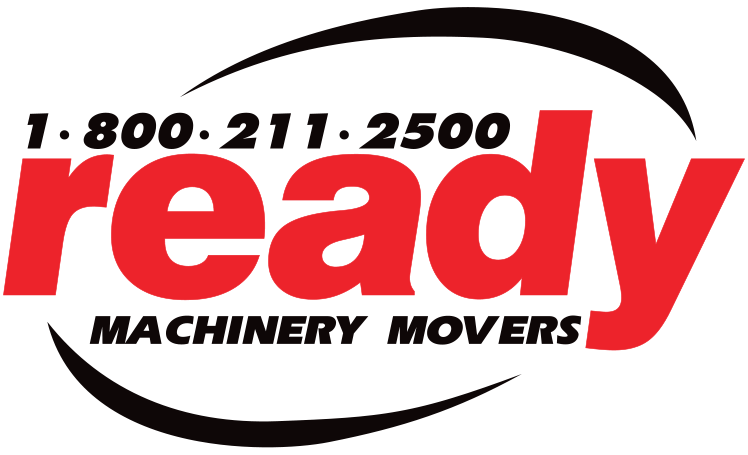Finding the source of the problem when a hydraulic system fails can be difficult. Human error and faulty maintenance are only a couple of reasons of how it can happen. The multiple parts such as sump, motors, valves, fluids are all aspects that could also be to blame for any issues.
You will often tell that a system is failing when you notice high temperatures, low-pressure readings, and slow or erratic operations.
Here are some of the most common causes of hydraulic system failure and how to keep systems running smoothly.
Human Error
Faulty installations, incompatible parts, and improper usage or maintenance are the top reasons for hydraulic system problems. These issues can result in the hydraulic pump not building pressure accurately.
Air And Water Contamination
Air and water contamination cause around 80-90% of failures. System breaches, temperature issues and fault pumps are a few of the areas where contamination can happen. There are two types of air contamination:
Cavitation: Hydraulic oil consists of about 9% dissolved air, which the pump can pull out and implode, causing pump problems and damage to the pump and other components in a hydraulic system.
Aeration: Air that enters from an outside source such as a loose connection or leak.
As for water contamination, it can happen due to system leads or condensation. Oxidation and freeze damage can occur. If you notice a milky appearance in the fluid, it can help identify water contamination.
Fluid Levels
Using inappropriate filtration systems can result in air contamination. Fluid contamination can happen when the fluids are low and if the incorrect type is being used. It is crucial to use compatible oils with specific applications.
Temperature Problems
If a system is running too hot or too cold, it can cause problems over time. Some of the problems include fluid thinning, fluid oxidization, and fluid thickening.
How To Prevent Hydraulic System Failure
By following a few simple steps, you can avoid these common issues and increase the longevity of hydraulic systems.
Perform scheduled maintenance: Review and follow daily, monthly, and annual maintenance procedures to ensure you are checking every area of your systems. This will also help you catch any issues earlier on.
Follow specifications: Make sure you are using compatible parts and that all parts are correctly installed. Double-check specifications and parts to ensure they will work together.
Work with professionals: When buying new equipment, make sure you are working with industry professionals to help you find products that will work seamlessly with your equipment.
